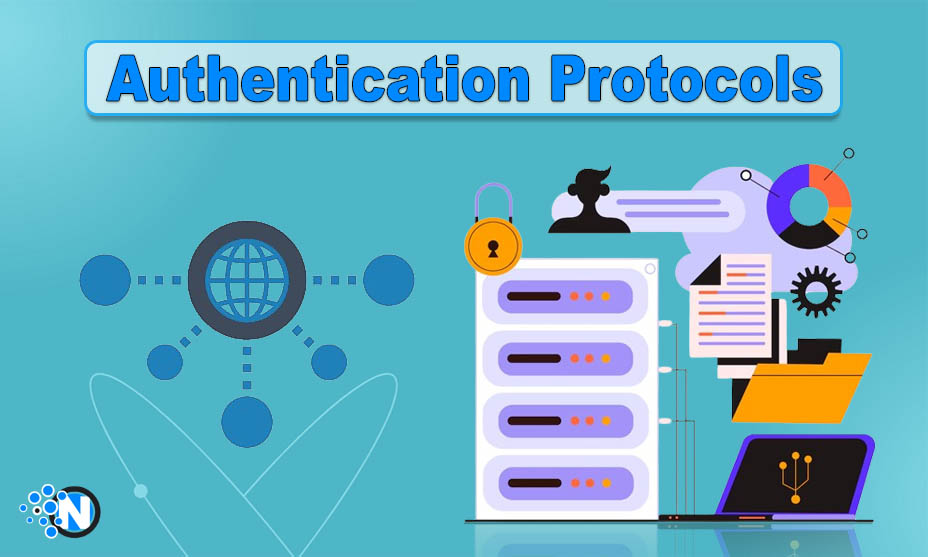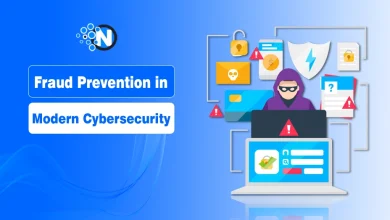Authentication Protocols – A Comprehensive Guide for Beginners

In this article, we will discuss the basic authentication protocols, including PAP (Password Authentication Protocol), CHAP (Challenge Handshake Protocol), and EAP (Extensible Authentication Protocol). These protocols ensure the authenticity of clients coming to the server through verification. Every authentication protocol uses a different authentication method and has pros and cons. However, the protocol selection depends on the network’s security needs. The PAP authentication method is one of the most basic and simple methods. However, it is more vulnerable to cyber-attacks. The EAP authentication method is more complex and secure than others because it consists of a framework of 40 authentication methods.
Authentication Protocols:
Authentication is systematically designed to authenticate or confirm the user’s identity. The authentication protocols consist of specific patterns that enable the server to verify the credentials of a person who wants access to the system.
In organisations, every computer or network has authentication protocols to safeguard the systems from hackers and ensure authorized access. There are two primary purposes of these protocols: to secure the system from unauthorized persons and to access the authorized persons to the systems. These security arrangements are not foolproof but decrease the risk of data loss and unauthorized access.
Types of Authentication Protocols:
Multiple mechanisms or patterns are developed to authenticate the user’s credentials. These different protocols are stated below:

Password Authentication Protocol (PAP):
PAP is one of the oldest and initially created protocols. It is a smooth and simple pattern and is vulnerable compared to other authentication protocols.
How does it work?
The user sends a packet, including username and password, to the server for authentication. After receiving the authentication request, the server responds. The server receives and verifies the client’s credentials to accept or reject the user’s access. If the user’s credentials match the data stored in the server, access is approved, and access is denied if the data is mismatched.
Challenge Handshake Authentication Protocol (CHAP):
CHAP is an authentication pattern based on the encryption authentication process. It is a sophisticated process of authentication and offers you a high-security protocol. It consists of a step verification process to verify the user’s identity.
How Does it work?
During the interaction, the server formulates the authentication process and sends the OTP. The server sends multiple protocols during the session to ensure higher security protocols are followed.
- The client receives the OTP and executes it with the password via the MD5 hash function.
- After that, the client forwards the final hash string and user name to the server.
- The server verifies the username and password with stored data in its database and runs the MD5 function with the OTP initially sent to the client. For authentication of client matching, MD5 has codes, which is essential. The server responds to the client with authentication failure or success.
The CHAP Authentication method is more secure than PAP because its process does not involve sharing credentials in plaintext. Further, it is more secure against replay attacks as OTP keeps changing periodically.
Extensible Authentication Protocol (EAP):
EAP is more complex and has higher security protocols than PAP and CHAP. It consists of an authentication framework, which consists of 40 authentication methods. The authentication type is specified in every interaction between the server and the client. Some authentication types include EAP-TLS, EAP MD-5, EAP-PEAP, EAP-Fast, and EAP-TTLS.
How does EAP work?
- The server forwards authentication requests consisting of 40 authentication methods to the user.
- The client computes as per requirement and specific type of request.
- After that, the client returns the results to the server, including the type of EAP. In this scenario, only the server has the information about the method to verify the output. The server will forward another authentication request and ‘’Type of process’’ to the user if the server wants more information. After concluding the result, the server sends the user an authentication success or failure request.
Like other authentication methods, these requests can be repeated multiple times during a session. EAP is known as lockstep protocol. It means an initial authentication request is sent from the server, and after that, new requests will only be forwarded once a valid response from the server is received.
Concluding Statements
This article discusses different authentication methods, including PAP, CHAP, and EAP, in detail. Among these authentication methods, PAP is simple and compatible with all operating systems. However, CHAP and EAP do not support outdated operating systems. CHAP comprises cryptographic hash functions to ensure robust security. EAP is more complex than CHAP and uses an authentication framework for client authentication. This framework includes 40 authentication methods that make it more secure. Networks with EAP authentication methods are more secure, and it is difficult to breach the security protocols.




